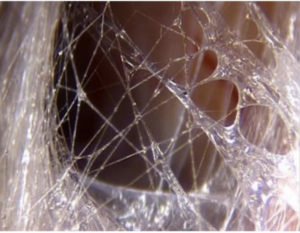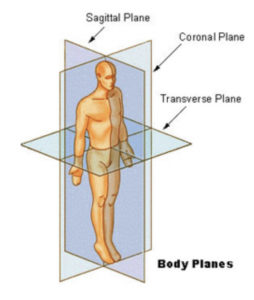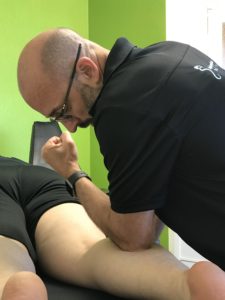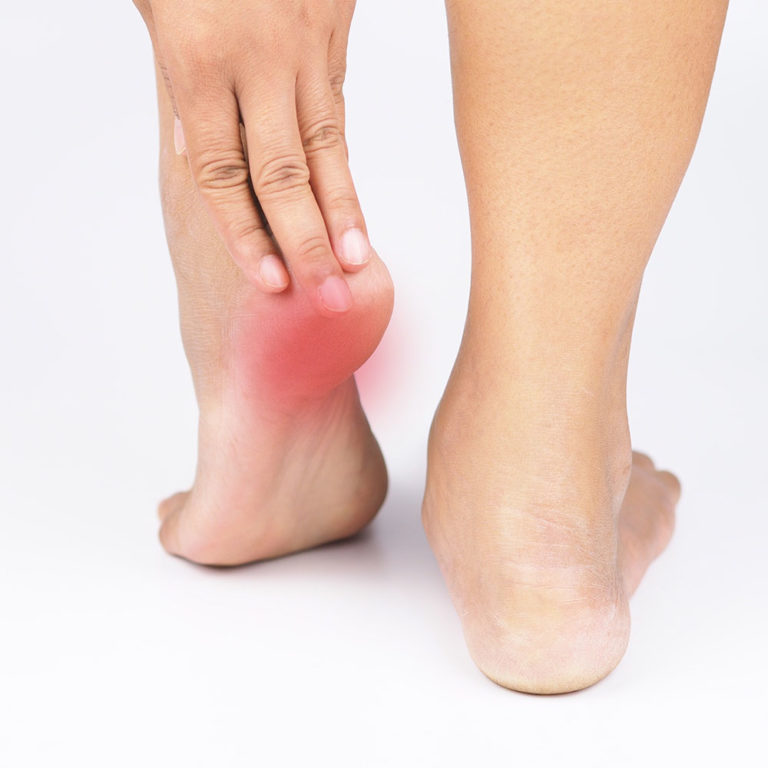What is fascia?
Fascia is a dynamic connective tissue that covers our entire body from head to toe without interruption. Think the thin white film on a chicken fillet.
It wraps every muscle, bone, nerve, blood vessel as well as our internal organs, including our heart, brain, lungs and gut.
The Fascial system plays a pivotal role in maintaining the proper functioning of the body by the innervation of pressure, stretch and pain sensing nerves.
 What can go wrong with our fascia?
What can go wrong with our fascia?
Our fascia needs to glide freely and produces a lubricant called Hyaluronan. If the fascia is put under abnormal conditions, injury, surgery, etc then it overproduces hyaluronan which then becomes a sticky gel known as densification.
If we have an injury, or have had surgery, any overuse, immobilisation, stress or changes to our posture then the fascia becomes densified and can not glide correctly which can lead to reduced movement in joints, instability, weakness in muscle groups that are not being sent information and can lead to pain.
Treatment
With Fascial Manipulation we may have to look at the whole leg, hip and lower back even if the pain is in the foot. Because the fascia is a continuous structure, a non gliding area of fascia in the hip, for example, can cause pain anywhere in the leg or foot due to the abnormal “pull” created by the “stuck” fascia.
We will ask you to carry out simple movement verifications in order to see which plane(s) of the body require treating, we will then test various points along those planes to narrow it down further.
 The treatment consists of deep tissue manipulation to create friction and heat to restore gliding of the specific areas of densified (stuck) deep fascia.
The treatment consists of deep tissue manipulation to create friction and heat to restore gliding of the specific areas of densified (stuck) deep fascia.
Restoring the freedom of movement between the layers of fascia releases nerves, blood vessels, joints, ligaments and muscles to improve our range of movement and reduce pain.
 What happens after treatment?
What happens after treatment?
Due to the deep tissue manipulation an inflammatory response takes place at the treatment areas, this causes heat, redness and swelling. All of these are normal and required.
Research has shown that the friction during the manipulation breaks down most of the densification of Hyaluronan, the heat produced continues this process and the increase of blood to the area (swelling) helps to flush any excess Hyaluronan away.
Patients can feel stiff and the treated areas can feel bruised, this usually subsides after a a couple of days.
The body goes through cascade of healing after treatment as the affected tissues normalise.
Research has shown that one treatment per week is the correct time frame and long lasting results have been proven after three consecutive treatments, this is to ensure all the densification has gone from the affected and associated sites. (Stecco 2019).



